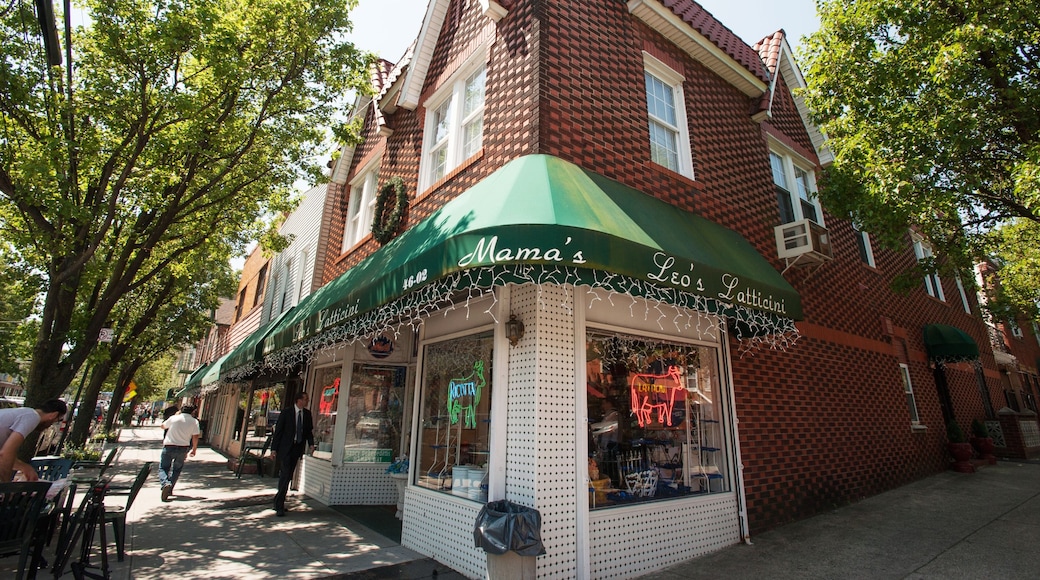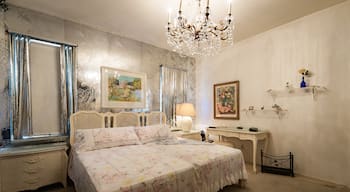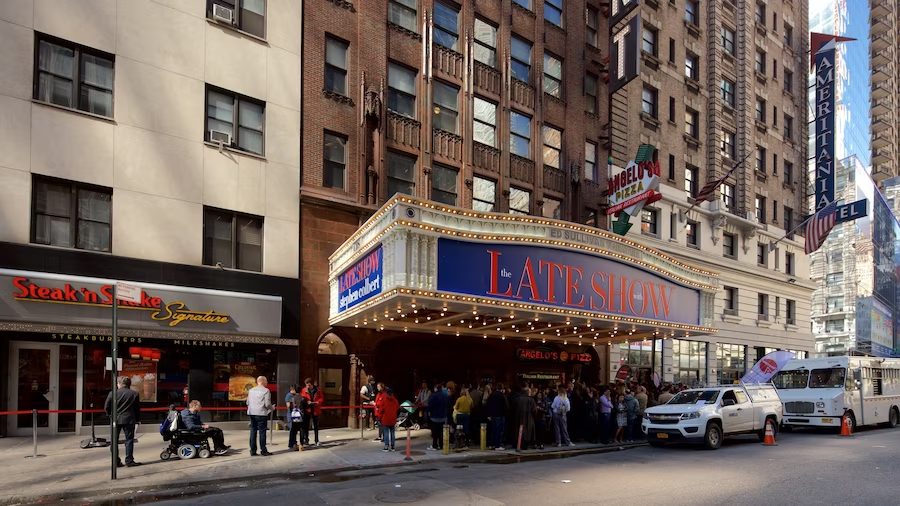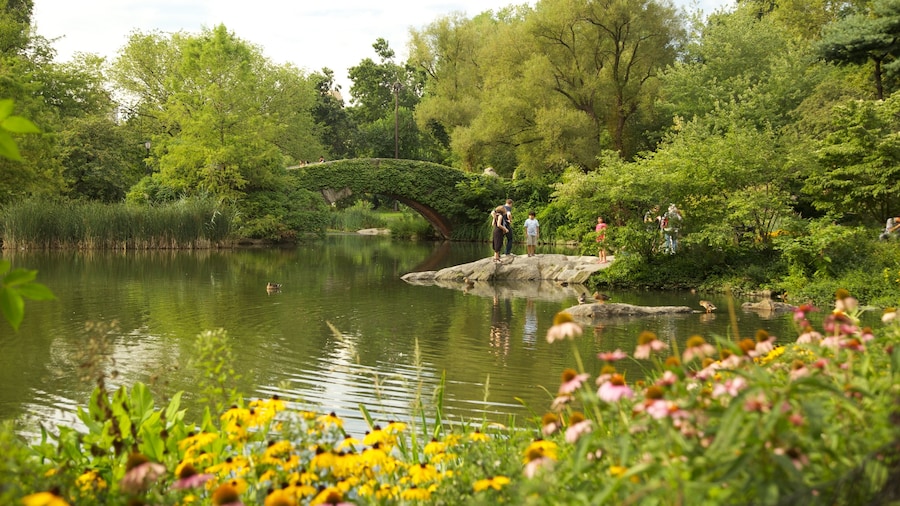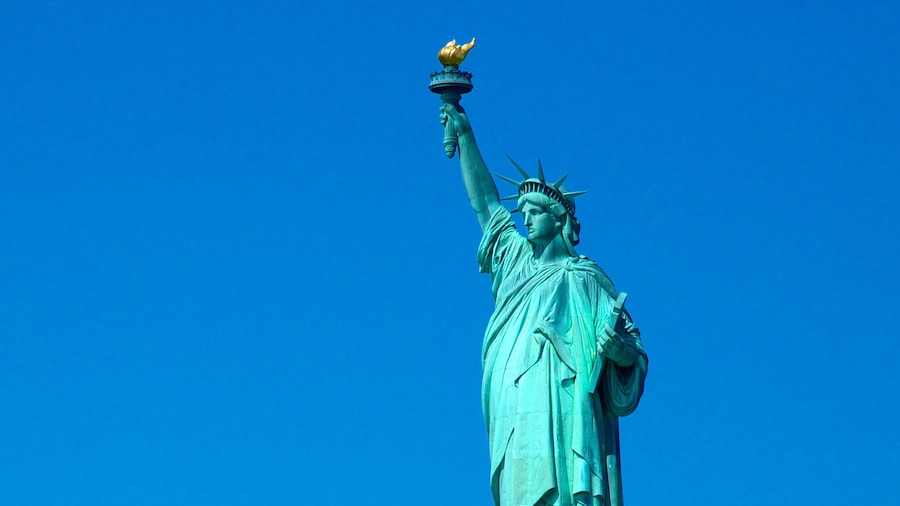Far from Manhattan, Corona in Queens recalls the days when New York City was full of wonderful ethnic neighborhoods. Mingle with Spanish speakers from Colombia, Puerto Rico, the Dominican Republic and all over Latin America. Stroll through the verdant Flushing Meadows-Corona Park. Spend a day visiting the businesses throughout Corona’s busy streets or simply stop in this historic neighborhood for an exquisite meal.
Corona has been a working class neighborhood since its origins as a 12-family neighborhood in the 1850s. Its growth over the years has drawn many immigrant communities, although the strongest representations have been of Italian, Latin American and Chinese cultures. Today walk around this residential neighborhood to see stately colonial homes alongside the residences of former jazz musicians and industrial workers.
Visitors to Corona find plenty of dining options. Cool off with a lemon ice, introduced to the neighborhood when Corona was densely Italian. Eat Italian fare with the authentic old-world flavor. Make your own sandwich at a neighborhood salumeria.
During the peak of jazz music’s rise to prominence in the 1940s and ‘50s, Corona was also a safe haven for black artists segregated from white mainstream New York. Using the Queens Jazz Trail Map that guides you to historic sites in the borough, see where Dizzy Gillespie, Louis Armstrong and Cannonball Adderley lived. Make a trip to the Louis Armstrong House Museum, where the famous musician resided during his last decades.
Take the subway to Corona, as cabs going in the direction of Manhattan can be difficult to find later in the day. Corona is located at the end of the train line, next to the busy South Asian neighborhood of Jackson Heights. Pair your visits to both neighborhoods. Follow your jazz sightseeing with some of the best Indian food in New York City. Make your day in Queens a sensory experience you will want to revisit again and again.
